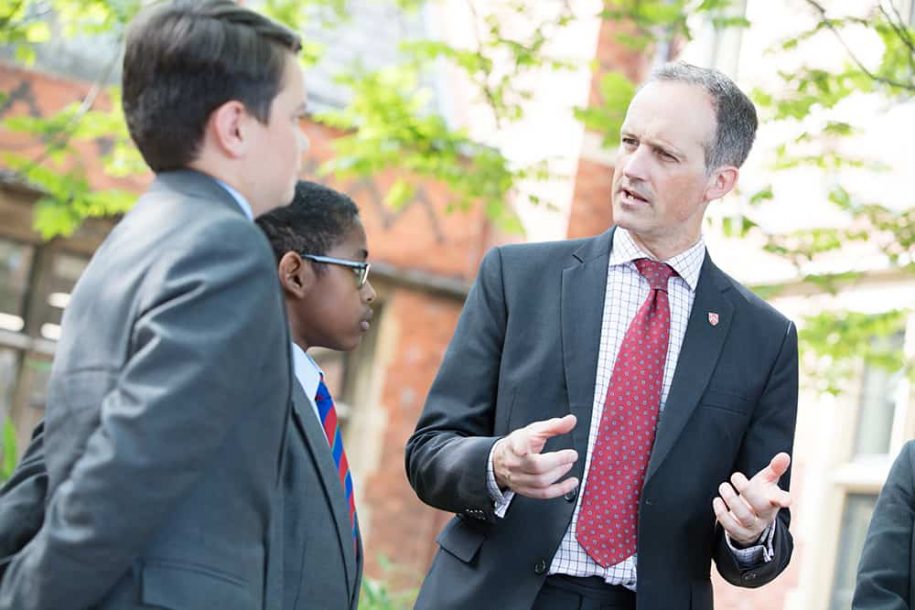Reading for Pleasure

<strong>Reading for Pleasure </strong>
<strong> </strong>As school exam week draws to a close, our younger boys inevitably are looking forward to a relaxing half-term, masters of their own destinies for a few days before lessons start again. The long-term weather forecast looks favourable, so I hope that a good deal of time will be spent outdoors, taking advantage of the long evenings. How much time they will spend reading is, however, less certain. Parents may reflect on long rainy days with their nose in a book during their own school holidays, but we know from frequent media stories that today’s children enjoy reading less than in the past. What can we do to reverse this trend?
The statistics concerning reading for pleasure in the UK are a little disturbing. An <a href=”https://timssandpirls.bc.edu/pirls2011/reports/international-results-pirls.html”>international study</a> in 2011 showed that English boys had the biggest deficit in reading achievement compared to girls in the Western World. The same research revealed that only 26% of 10 year olds in England enjoy reading – a statistic which is half that of countries such as Portugal and Romania. Reading for pleasure has declined among young people in recent years, as they have had a greater variety of distractions to fill their leisure time. Experts point out that this is having a negative effect on adult literacy and therefore the skills level of the working population. In 2013, young adults’ literacy in England ranked 22<sup>nd</sup> out of 24 industrialised countries in an Organisation for Economic Co-operation and Development (OECD) study.
Teachers at LGS have long been concerned about the reluctance of some boys to read. Studies show that reading engages the imagination in a way that visual media such as video games and television do not, that it promotes reflection and critical thinking, and extends vocabulary. Reading for pleasure is essential if our boys are to develop these vital skills. This is why we have our reading challenges for junior pupils, and I am always delighted to present these awards to boys in School Assembly. In addition, at LGS we have the tradition of an annual ‘School Book’. It has always been tricky to identify a text that appeals to the whole age-range of 10-18, so we have focused in recent times on the junior years. This year, the book has been <em>The Everest Files</em> by Matt Dickinson, and we look forward to the visit of author Ruth Eastom in June for a series of workshops as we launch our title for 2018-19.
Parents also have a vital role to play in modelling reading to their sons. Surveys consistently show that parents value reading and understand its importance to their children’s literacy. However, in our busy lives, it can be difficult to prioritise reading, and we may find that we, like our children, pick up the Smartphone before the novel. Is it a surprise therefore that our children don’t read as much as we might wish them to? Unfortunately, ‘do what I say, not what I do’ is rarely effective in parenting. Children follow the examples that they see. Adults who don’t have enough fruit and vegetables in their diet will not be successful in persuading their children to eat healthily. Similarly, adults who smoke are much more likely to have children who develop the habit. It’s the same with reading. If we want our children to enjoy reading, we have to show them (from a young age) that we value it, by finding the time to sit down and read for pleasure.
I will freely admit that I don’t read enough for pleasure during term-time, so as I embark on a 4-day half-term trip to France, I will pack a novel, and the iPad can stay at home.
